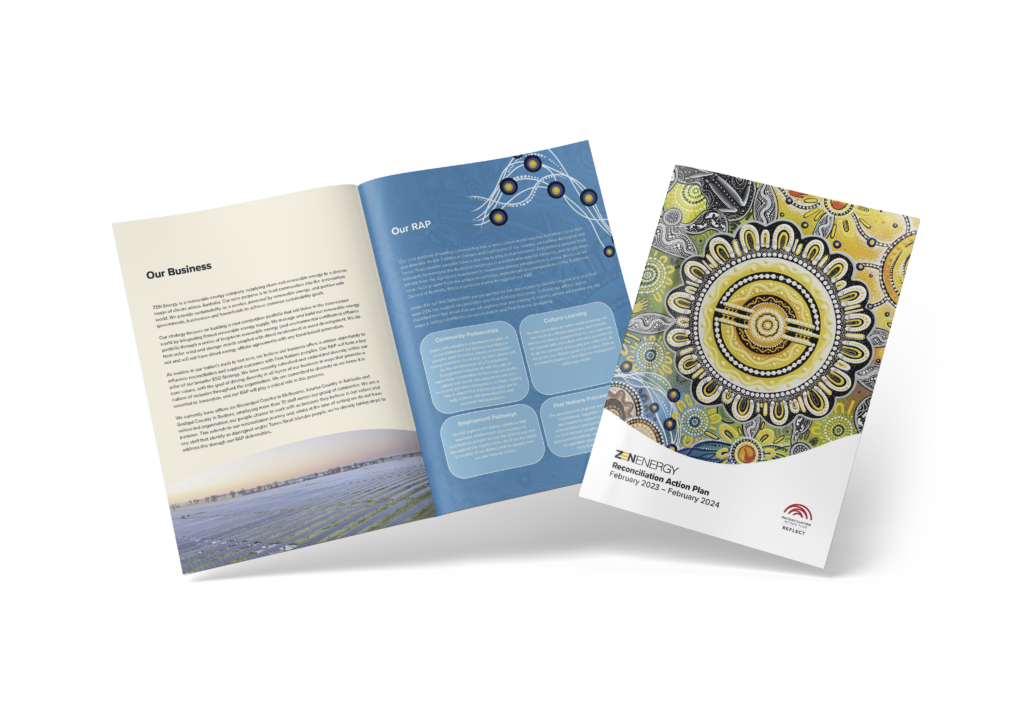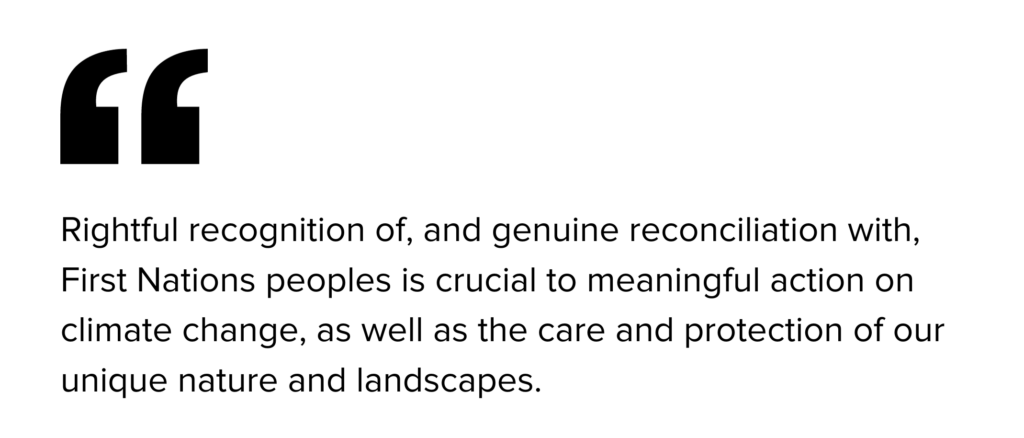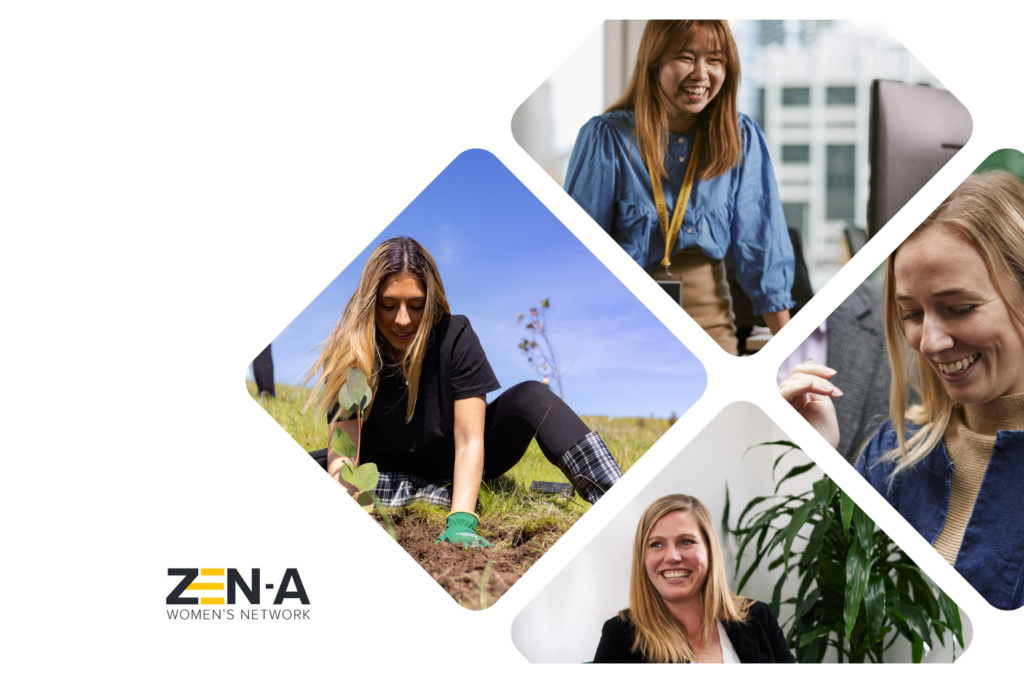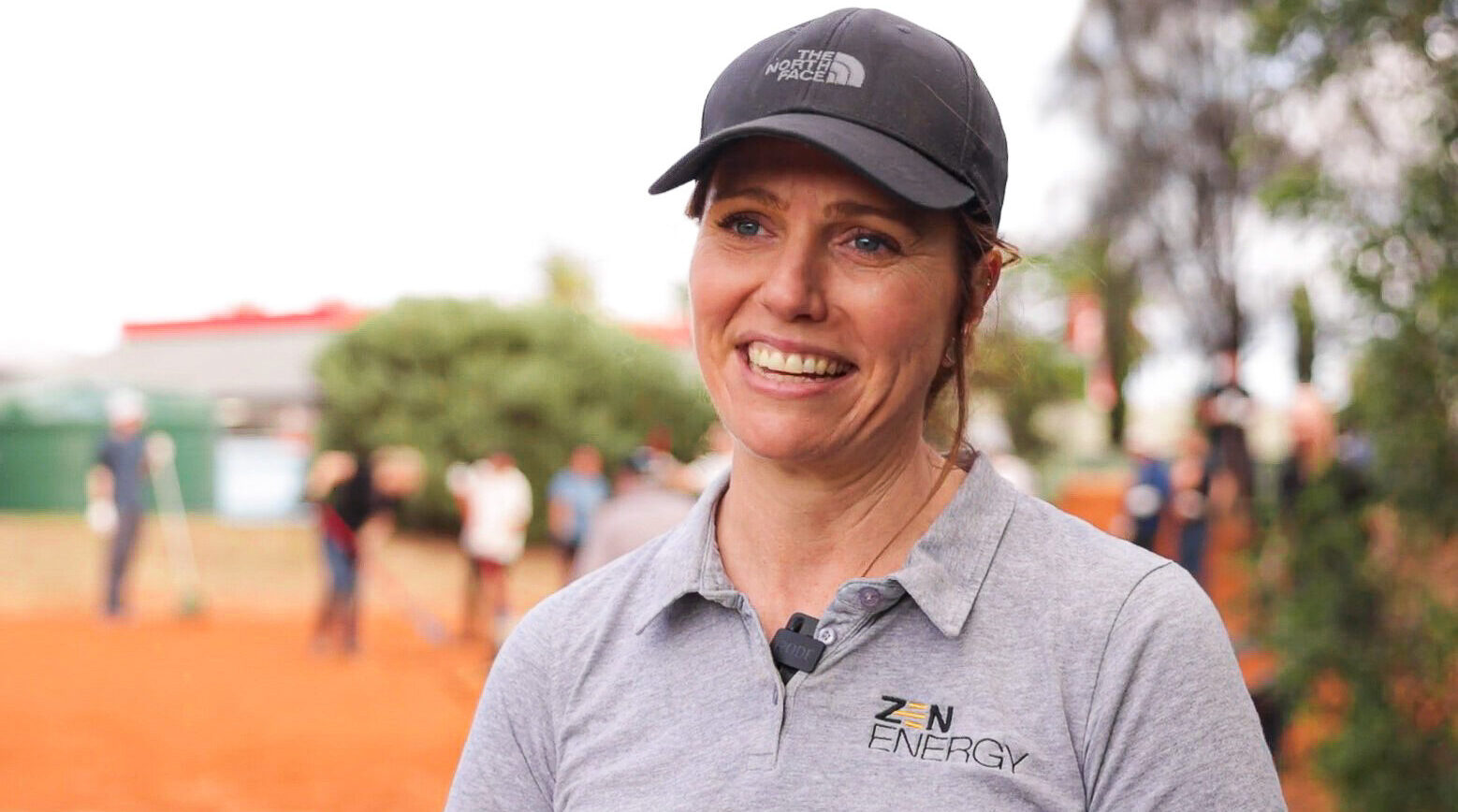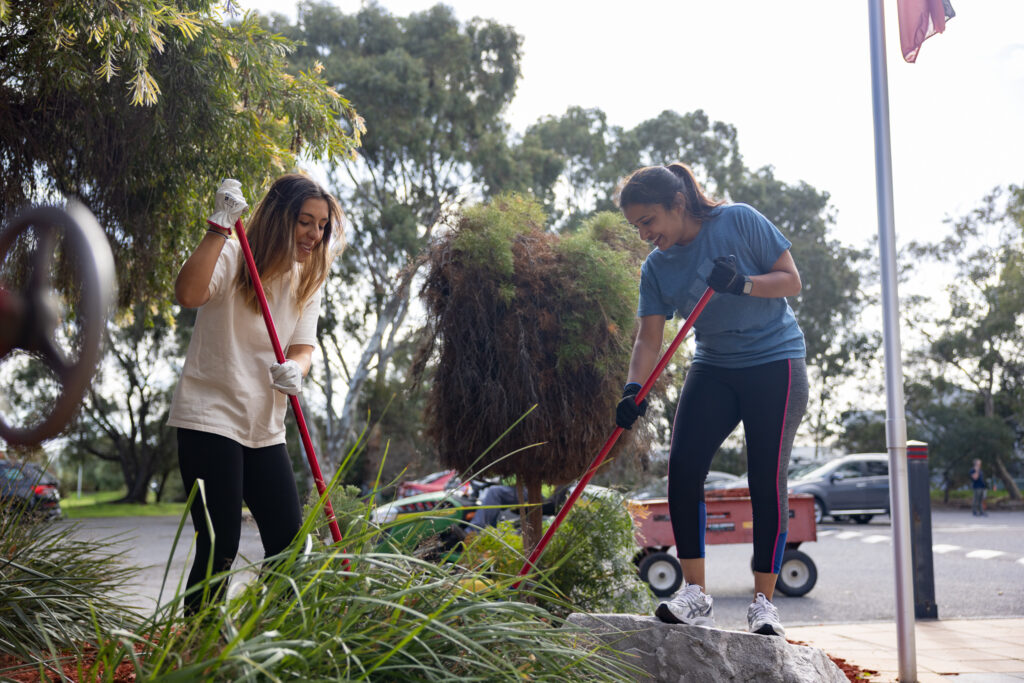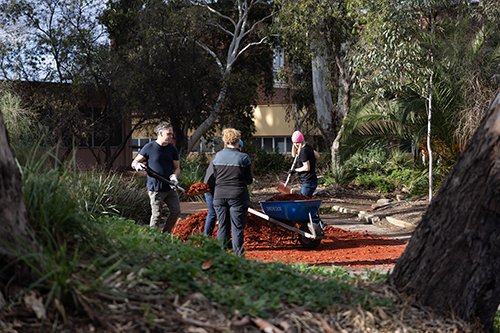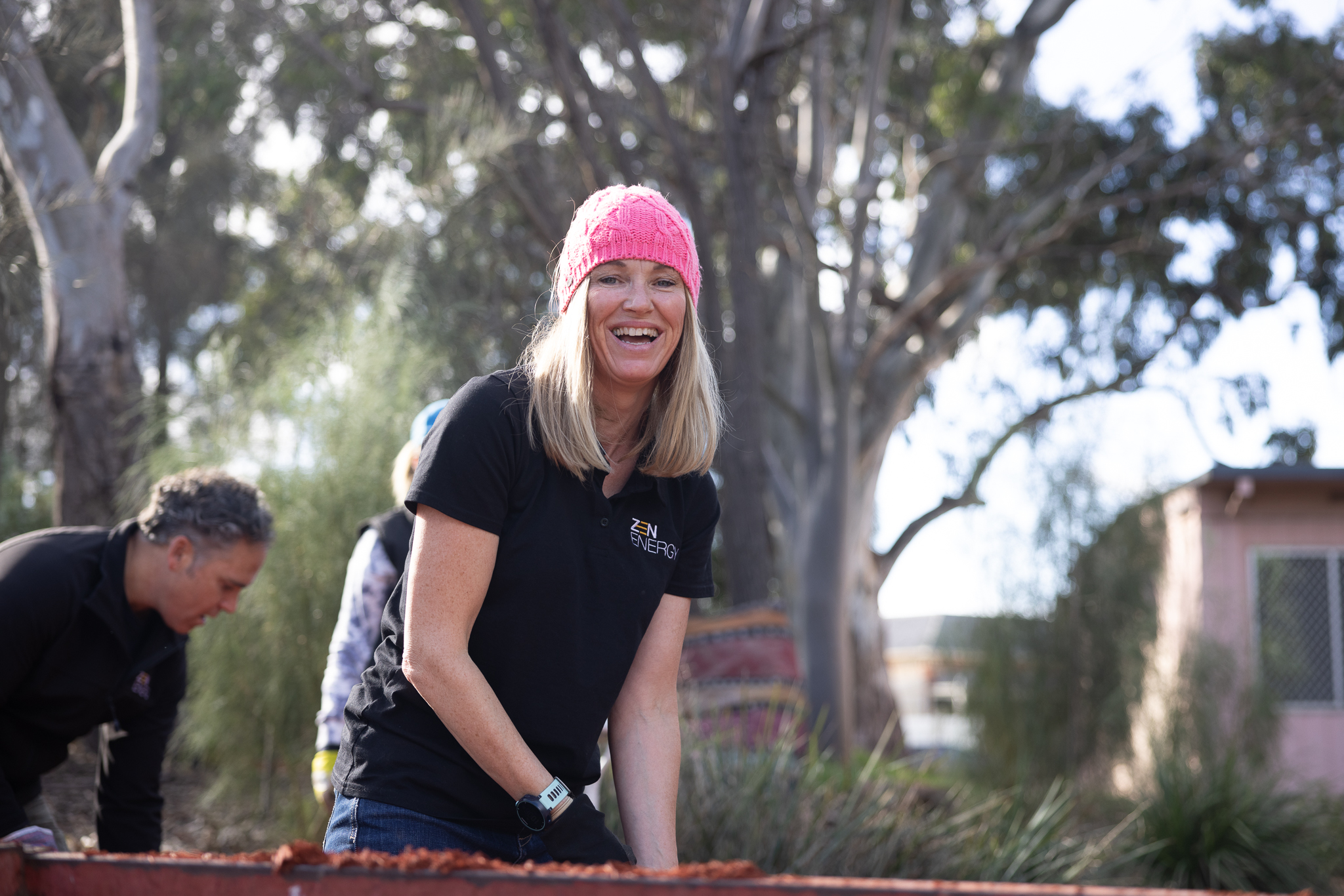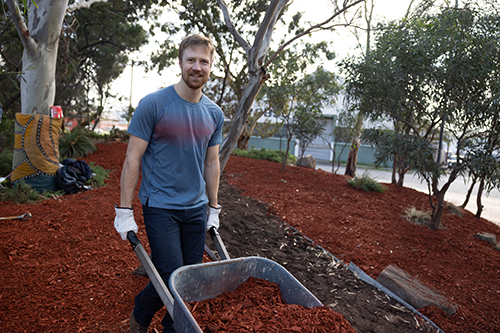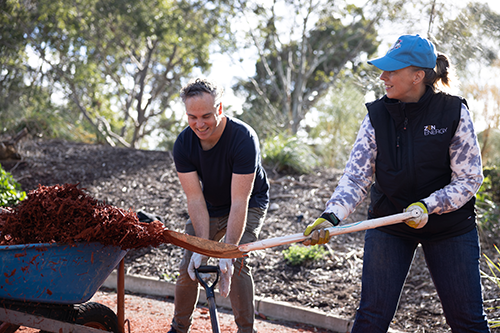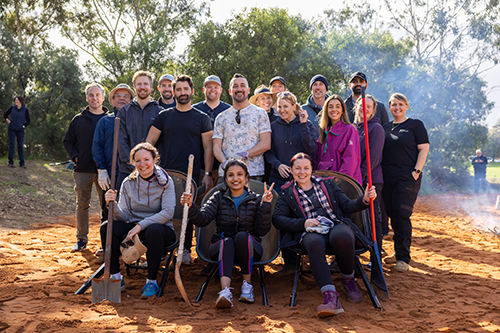ZEN continues to say YES.
October 16, 2023.
A letter by Anthony Garnaut, ZEN CEO.
Dear all,
While a clear majority of Australians said no at Saturday’s Referendum, ZEN continues to say Yes.
Our Reconciliation Action Plan (RAP) is clear and ZEN’s commitment remains firm. We will amplify our decision to be a voice for strong relationships, respect and opportunities. We will step up our plans to give the First Peoples of Australia a voice in our work.
ZEN is sorry for the hurt that the 80 plus per cent of First Nations People who supported a Yes vote are no doubt feeling now. That a majority of the rest of us could not support recognising Aboriginal and Torres Strait Peoples as the country’s first people in the Constitution is deeply disappointing.
We remain, however, positive about the future as our journey with Australia’s First Peoples continues uninterrupted by the referendum result.
Our Reconciliation Action Plan is the map we are using to walk and find our way with Aboriginal and Torres Strait Islander people and strengthen relationships. It is worth including here what our RAP says:
“Our vision for reconciliation is to create an environment that acknowledges and respects the rich and sustained cultures of Aboriginal and Torres Strait Islander peoples. The journey we must walk together is grounded in social justice, engagement, and respect. We aspire to a future where our First Peoples feel valued, supported and have a strong and clear voice on all issues that affect their peoples, communities and nations.”
Let’s keep looking after each other and everyone around us as well.
Anthony.
DOWNLOAD OUR RECONCILIATION ACTION PLAN
